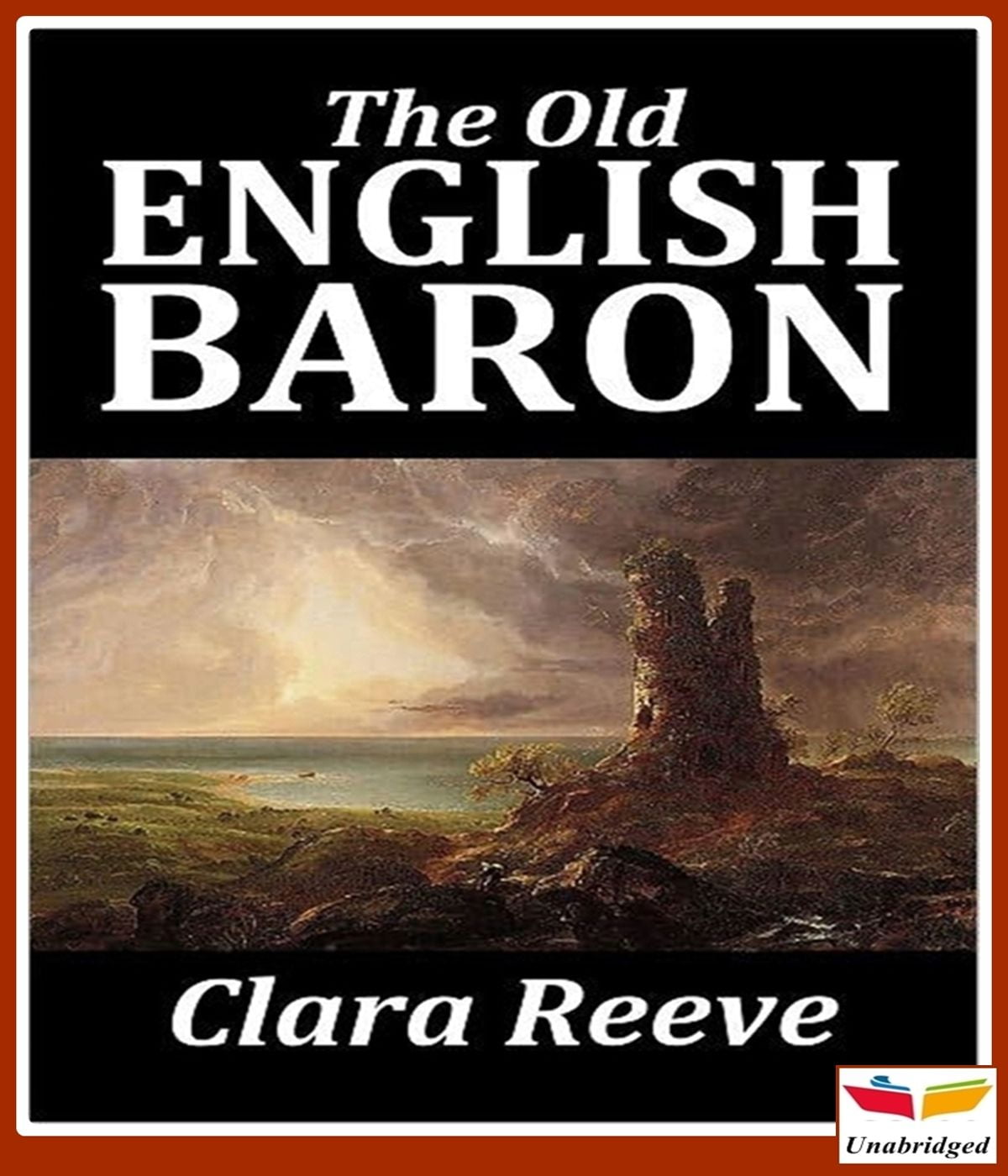

The reader is introduced to Sir Phillip Harclay, a soldier returning from the crusades who seeks out his old friend, Arthur Lord Lovell. While I’d agree that The Castle of Otranto is often a very silly book (my more recent re-read kept putting me in mind of Monty Python) it is those parts which are the most entertaining and linger longest in the reader’s memory and removing them takes much of the fun out of the experience. In response, she wrote The Old English Baron as an attempt to carry out Walpole’s gothic project properly by taking out the more bombastic, sillier parts. She found that many other readers also had this problem and thought it could solved if the book had gone to ‘the verge of probability’ but no further. She feels that the ‘machinery is too monstrous’ which dispels the effect and, instead, caused her to laugh. The problem, as Reeves saw it, was that The Castle of Otranto leans too heavily into its romance aspect which makes the work ridiculous. The benefits of ancient romance are the expanded realm of ‘the marvellous which excites the attention’ and the benefits of the modern novel are ‘to give an air of probability to the work and enough of the pathetic to engage the heart’ in its behalf. In the (very engaging) preface to the second edition she explains how Otranto tried to ‘unite the various merits and graces of the ancient romance and modern novel’ into a form it called the gothic novel. Clara Reeves wrote The Old English Baron in response to The Castle of Otranto.


 0 kommentar(er)
0 kommentar(er)
